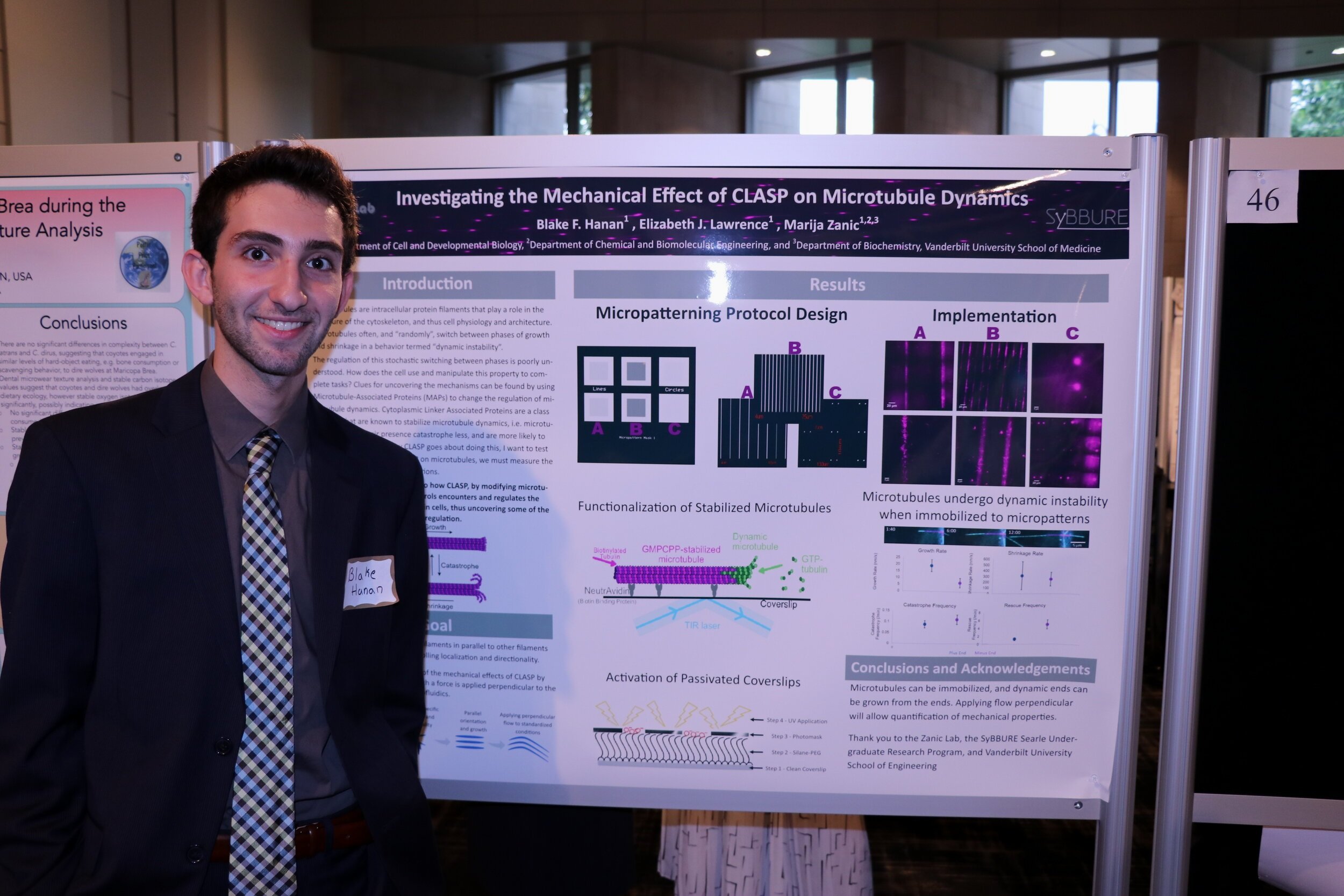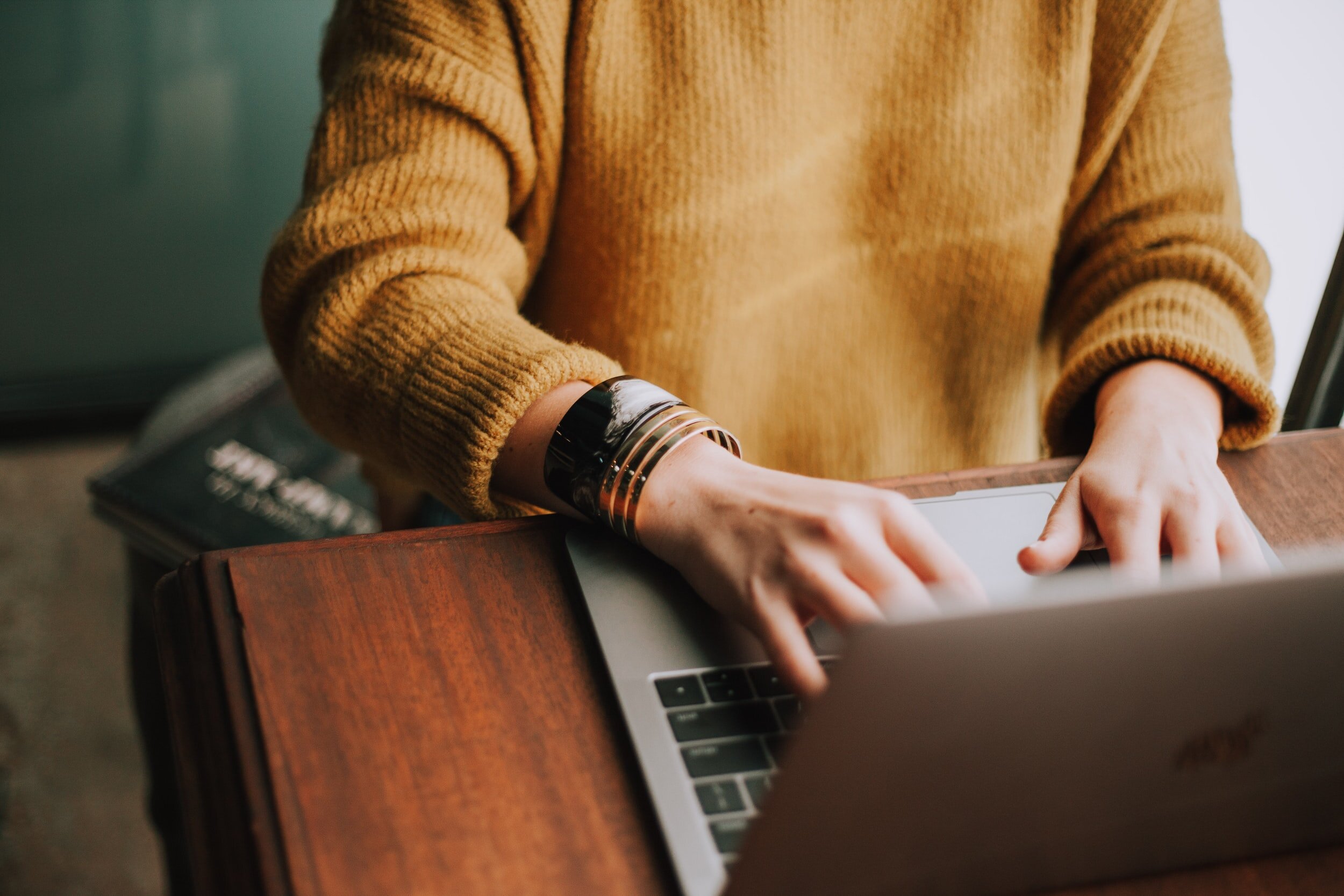Poster Presentations

Preparation
The point of giving a poster is to practice your scientific communication skills and to network with people who are interested in the same things as you are. Once you have your poster made you should practice giving it to your lab mates, roommates, peers, and anyone who will listen. You’ll probably get to give your whole story from beginning to end without interruption while practicing, which doesn’t reflect what will happen during your poster session. Interested people will walk up to you half way through your explanation to another person then engage after the first person leaves. Consider practicing starting at different places in your poster and see what types of questions you get from people with different parts of the story. Practice asking what the other person is interested in or why they chose your poster to come up to. Print out business cards in advance to give to anyone who will take one. Print your poster before going to the conference – nothing will be more stressful than trying to cram in last minute edits and print your poster the morning you are presenting it.
Getting people to come to your poster
Look approachable. Try to make eye contact with people who are walking by and smile at them if they seem at all interested. Ask people who are looking at your poster if they have any questions or would like you to explain it to them. Say hello to people that look at your poster, even just briefly. If you have met anyone that earlier at the conference that shares your interests invite them to stop by your poster. It can help to give them a business card with your poster’s location on it.
Talking about your poster
Giving a poster is a brief but intense experience. Expect to talk for almost the entirety of your timeslot, but don’t expect to give the same talk over and over again. This is a more personalized type of communication than a talk is and your small audience will change frequently over the course of your time. You should expect to engage people one on one or two on one and have more of a dialog about your work. You should still have well practiced explanations about your poster sections, and some people may ask you to give them the whole story without interruption. In any case, you should have a brief hook (think 2-3 sentences) about the importance of your work to keep someone’s attention. Feel free to ask briefly what a person’s background is so that you don’t give too simple or too complicated an explanation. Regardless of how each person wants to engage with your poster, expect the interaction to last about 5-7 minutes. If someone is extra excited about your work and wanting a thorough conversation while others are waiting to talk to you, suggest that you get coffee or have a more in-depth conversation after the session and exchange contact info. Try to face your audience the entire time that you are talking to them. If you point at a figure, do it from the side while facing them so that they can see both the figure and your eyes. Be excited about your work and others will get excited about it. Regardless of how important your work is, if you communicate it in a monotone voice many people will not listen. Many times during your presentation, someone will walk up during an explanation or discussion with another person. Acknowledge them with eye contact and a nod, then after you are finished with the first person as the newcomer if there is anything that the missed.
You will walk through parts or all of your presentation many times throughout your session. It is important to remember what parts to include to give enough information to your audience. The following are (roughly) the three typical columns of a poster presentation that you will orally describe during your session.
The introduction
This should include all of the necessary background information about your research topic that the audience must know. It also connects the background info to your main question and hypothesis. You should also define any jargon that you will use throughout the rest of the talk here.
Methods and results
This section includes a description of how you approached your experiments and all of the figures that you generated from the data that you acquired. Spend the most time of your 5-7 minutes slowly walking through the figures, describing the axis and main features of your figures in as simple of terms as you can.
Conclusions
This section states what you discovered about your hypothesis, interprets your findings, and ties back your results into the background information. Try to have three main takeaways from your work here.
Making contacts
If you have any kind of dialog with someone try to exchange contact information. Give them a business card and take theirs if they have one. Have a writing utensil on you in case they do not have a card and take down their information. Send a follow up email with brief detail about your conversation. If there is something in particular that you are interested in (ex: working in their lab in grad school) let them know so you can find out early if it is possible.
Conclusion
Make sure that you are getting feedback on your poster and trying to make contacts for the future. You should get something out of the experience on top of a paid trip somewhere, so set a goal in advance and keep yourself accountable for achieving it. It is a tiring experience but with thorough preparation and rest beforehand the experience can set you up for a future endeavor.





